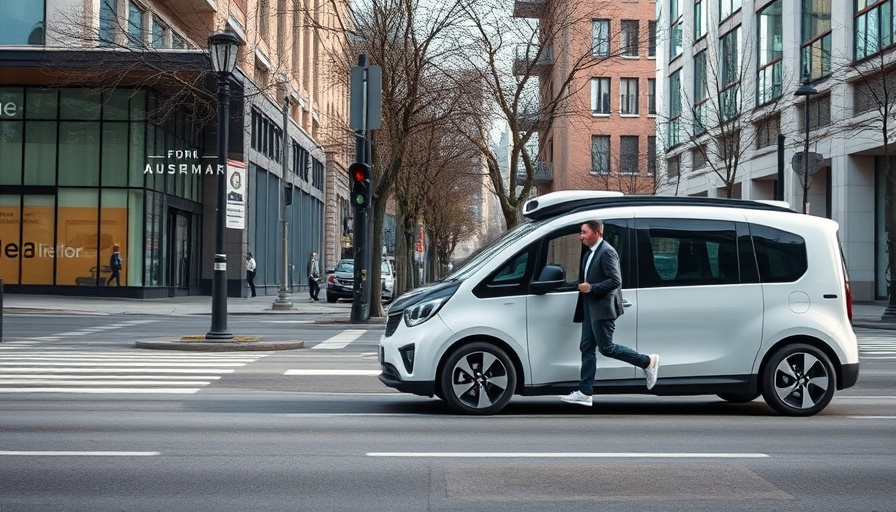
Waymo's Expanding Robotaxi Services: A Look into the Future of Transportation
The recent approval from the California Public Utilities Commission (CPUC) allows Waymo to expand its commercial robotaxi service into additional parts of Silicon Valley. This expansion is a significant step towards integrating autonomous vehicles into everyday transport, enabling communities south of San Francisco to enjoy the company’s advanced driverless ride-hailing services.
Transforming Urban Mobility: The Role of Autonomous Vehicles
Waymo's current operations span approximately 85 square miles, catering to numerous cities including Mountain View, Palo Alto, Los Altos, and Sunnyvale. Each week, the company facilitates around 250,000 paid rides, demonstrating a robust demand for autonomous transport solutions. This level of service not only signifies the acceptance of robotaxis in urban settings but also paves the way for future innovations that could redefine how we access transportation.
Potential Impact on Healthcare Accessibility
As healthcare professionals, understanding the implications of autonomous transport on patient access to medical facilities is crucial. The expansion of Waymo’s services could enhance mobility for patients needing consistent medical appointments, such as those attending regular check-ups or therapy sessions. This development aligns with the increasing need for reliable and efficient transportation solutions in the ever-evolving landscape of healthcare service delivery.
What Lies Ahead for Autonomous Transportation?
Waymo's long-term strategy includes a phased approach to service at the San Francisco International Airport, signaling a commitment to increasing transportation options for travelers. As autonomous vehicle technology evolves, healthcare IT professionals should consider how these innovations may foster new pathways for patient transport and logistics within health systems.
In this rapidly changing landscape, it's vital to stay informed about transportation advancements and anticipate their impact on healthcare delivery. With Waymo's continued growth and plans for further expansion, the future holds intriguing possibilities for the intersection of healthcare and technology.
 Add Row
Add Row  Add
Add 




Write A Comment